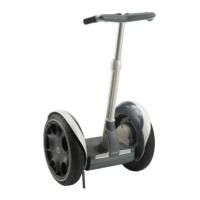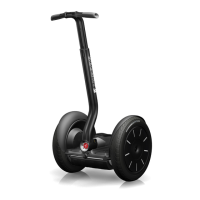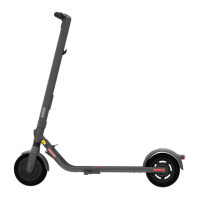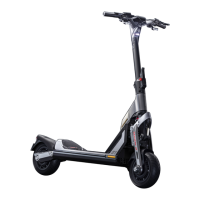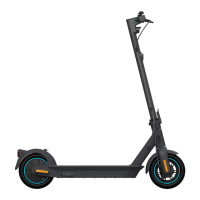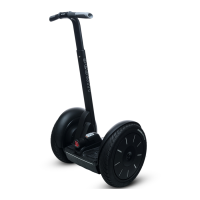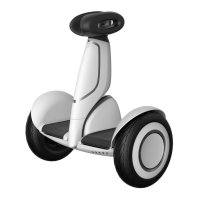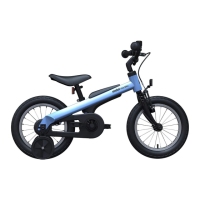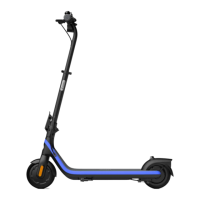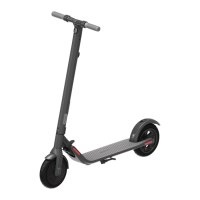Page 22 of 106 Basic Rider Optimization Training for the Segway HT
Instructor Guide and Participant Workbook Rev 3.5i - January 2004
© Segway LLC 2002 P/N 1707100001aa
Theory of Operation
The Segway HT uses a technology called dynamic stabilization. When you lean forward, the
Segway HT moves forward. When you lean backward, the Segway HT moves backward. The
sensations of movement are similar to those that people experience everyday while walking.
Ask participants to stand, and move away from the table. Explain that, while stationary, their center of
gravity is over their contact patches (feet). Describe contact patch as the part of you or the Segway
HT that is in contact with the ground. Show how a larger contact patch is more stable than a smaller
one by standing on your toes. An analogy you can use to describe a large contact patch and a small
one is to compare the surface of your entire foot against the ground versus just standing on your toes.
Explain that humans dynamically stabilize by moving their contact patch beneath their center of
gravity. Ask everyone to take a step forward and notice their feet dynamically change position to keep
them balanced. Compare the Segway HT’s wheel movement to a person’s feet, when you change the
center of gravity.
Ask the participants to stand on one foot only and balance. Ask if they can feel their grounded foot
correcting to keep them balanced. Explain that it is this type of input that the Controller Boards and
BSA receives and uses to maintain balance- just as a person’s brain takes the input when standing
on the ground.
Note: The instructor should observe the participants to see if anyone has trouble balancing on one
foot, and if so, how much trouble. Trouble balancing could be an indication that the participant
will have difficulty controlling his/her center of gravity on the Segway HT, and may need extra
attention.
Ask participants to take their seats.
Dynamic Stabilization
Many objects balance statically. A coffee table remains balanced by maintaining a wide stable base,
and keeping a low center of gravity. If you lengthened the legs, you would raise the center of gravity
and increase its “tippiness.” Or, if you removed one of four legs, you would destabilize the table, and
it would no longer balance.
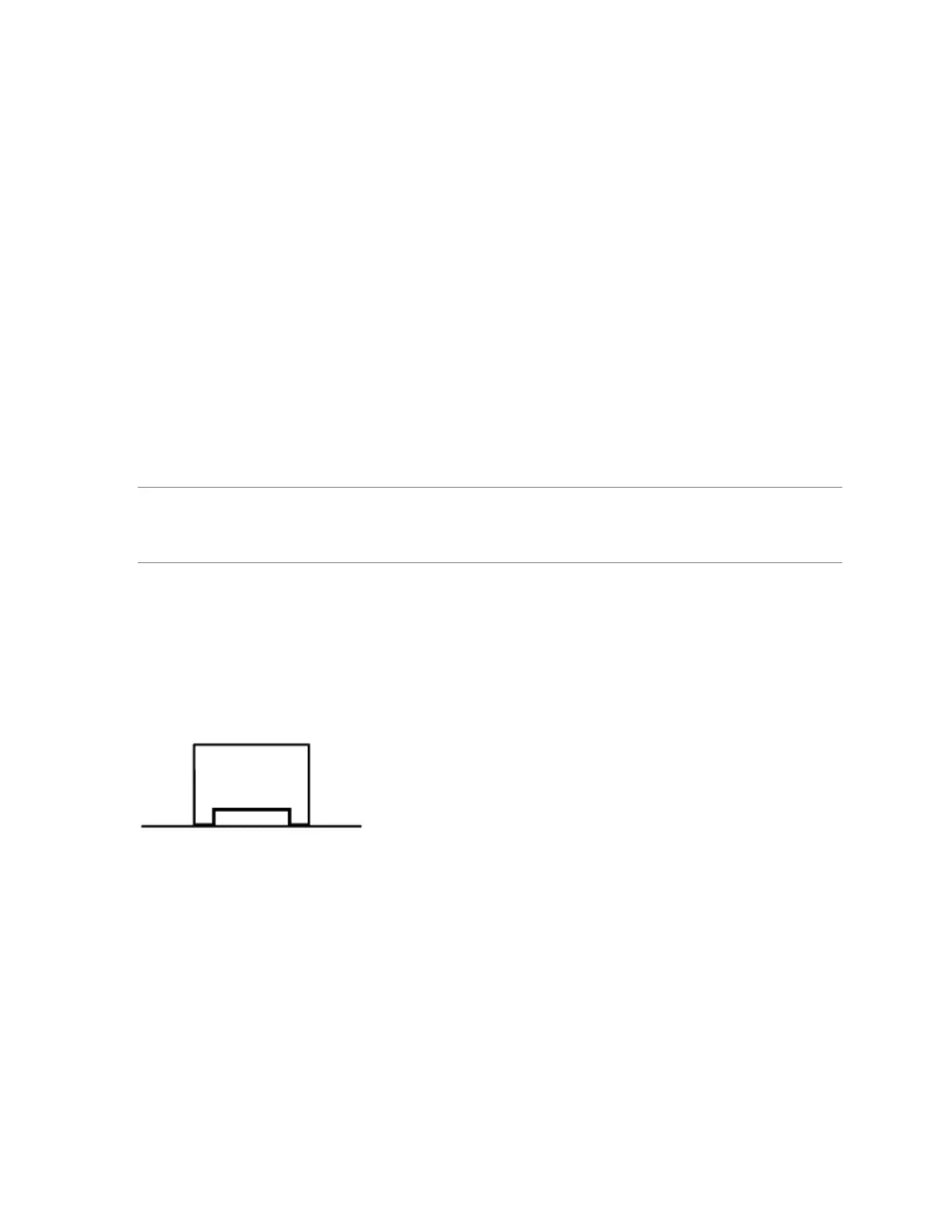